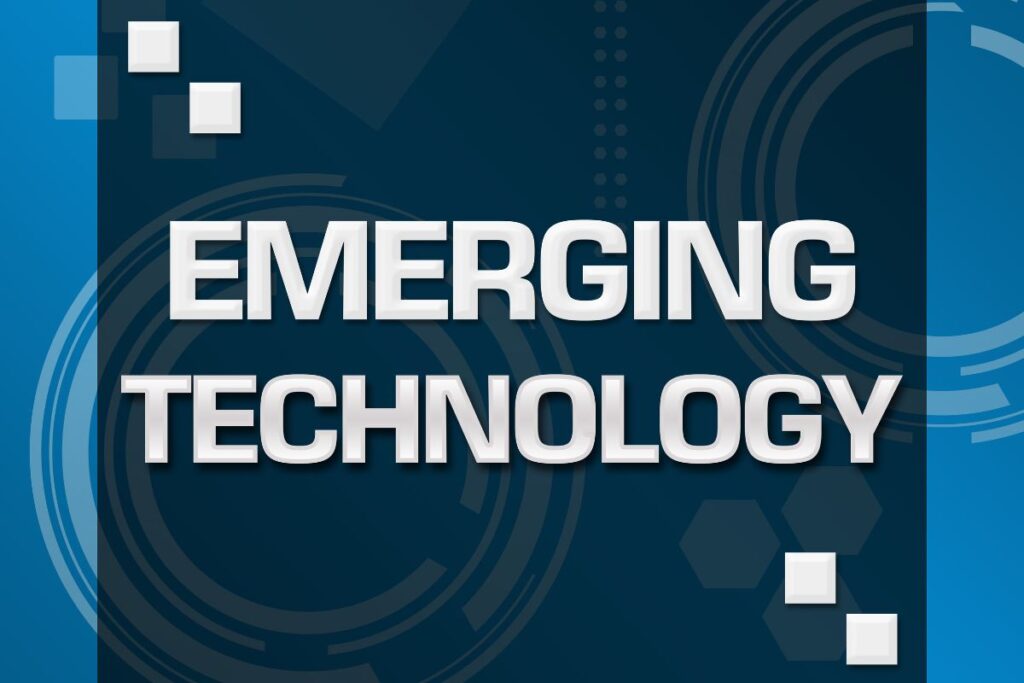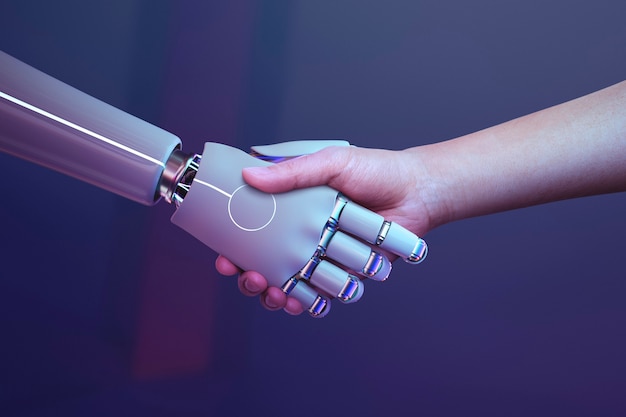Have you been injured due to someone else’s carelessness in the US? Maybe a car accident, a slip and fall, or a faulty product left you with medical bills and lost wages? You might be considering a personal injury lawsuit.
Before initiating one, you must consider getting help to prove negligence. This can be done with the help of an experienced personal injury lawyer.
The lawyer uses a host of tools, some traditional, some cutting-edge, to find the negligent party and get you the compensation you deserve. Although the traditional methods are extensively discussed, there is still some clarification needed for the more modern methods.
This article discusses this aspect. It talks about how lawyers could take advantage of technology and help victims. Read on.
Understanding Personal Injury Law
Personal injury law allows people who get hurt because of another person’s negligence to seek compensation for their losses. This could include:
- Medical bills: Covering the cost of doctors, hospitals, medications, and therapy.
- Lost wages: If your injury prevents you from working or working full-time.
- Pain and suffering: Compensation for the physical and emotional pain caused by your injury.
- Property damage: Repairing or replacing damaged belongings in the accident.
To win a personal injury case, you (the plaintiff) need to prove four main things:
- Duty: The other person (the defendant) had a legal responsibility to act carefully and avoid hurting you. Drivers have a duty to obey traffic laws, for instance.
- Breach: The defendant failed to act carefully. This could be anything from running a red light to not fixing a broken step.
- Causation: The defendant’s carelessness directly caused your injuries. Your doctor will need to link the accident to your injuries.
- Damages: You suffered real losses because of your injuries. This is usually proven with medical bills and lost wage statements.
Why People Sue for Personal Injury?
There are a few reasons why people sue for personal injury:
- High Medical Bills: Medical care can be very expensive, especially for serious injuries. A lawsuit can help cover these costs.
- Holding the Responsible Party Accountable: A lawsuit can make the at-fault party take responsibility for their actions.
- Preventing Similar Accidents: A lawsuit can send a message and encourage safety measures to prevent similar accidents from happening again.
The Rise of Technology in Personal Injury Lawsuits
The way personal injury lawsuits are fought is changing rapidly, thanks to technology. Here are some ways tech is impacting these cases:
- Digital Evidence: Our phones and other devices create a wealth of data that can be used in court. This could include:
- Accident scene photos and videos: Captured by bystanders or dashcams, these can provide valuable insights into the accident and support fault determination.
- Text messages and social media posts: These can reveal the defendant’s state of mind before or after the accident, or contradict claims about limitations caused by the injury.
- Location tracking data: GPS data from phones or fitness trackers can establish a person’s whereabouts at a specific time, potentially strengthening or weakening their account of events.
- Electronic medical records (EMRs): EMRs offer a more comprehensive view of a patient’s medical history, aiding in establishing causation or pre-existing conditions.
- Accident Reconstruction Technology: Sophisticated software programs can analyze accident scene data, vehicle specifications, and witness statements to recreate the sequence of events and determine how the accident unfolded. These 3D simulations can be powerful courtroom visuals, helping juries visualize the complexities of an accident.
- Medical Imaging and Wearable Devices: Advanced medical imaging techniques like MRIs and CT scans provide detailed visualization of injuries, aiding in diagnosis, treatment planning, and damage assessment. Wearable technology like fitness trackers can monitor a patient’s recovery progress, providing objective data on activity levels and pain management.
- Artificial Intelligence (AI): AI has the potential to revolutionize personal injury litigation in several ways. AI-powered legal research tools can assist lawyers in identifying relevant case law and legal arguments more efficiently. Additionally, AI can analyze vast amounts of evidence, like medical records and social media data, to find patterns and identify inconsistencies, potentially uncovering new leads or weaknesses in the opposing party’s case.
Benefits of Embracing Technology in Personal Injury Law
These emerging technologies offer significant opportunities for both plaintiffs and defendants:
- Stronger Cases for Plaintiffs: With access to more detailed and comprehensive data, plaintiffs can bolster their claims by providing stronger evidence of negligence, causation, and the extent of damages. Accident reconstruction technology and AI-powered analysis can help create a compelling narrative of the events.
- Enhanced Defenses: Defendants can leverage similar technologies to counter the plaintiff’s claims. Social media posts contradicting the severity of injuries or inconsistencies in witness accounts can be unearthed through AI analysis.
Potential Challenges Posed by Technology
However, the integration of these technologies also presents challenges:
- Data Privacy Concerns: The use of digital evidence raises concerns about data privacy and the potential for misuse of personal information. Legal frameworks need to be established to ensure ethical data collection, storage, and utilization.
- Technical Expertise: and resources. This could potentially create an uneven playing field for smaller law firms without access to such expertise. Training and resources might be needed to bridge this gap.
- Authentication and Admissibility: The authenticity and admissibility of digital evidence and AI-generated reports in court need to be carefully considered. Established legal procedures for authentication will need to adapt to this evolving landscape. Courts might need to establish clear guidelines on how this type of evidence is presented and verified.
The Road Ahead
The use of emerging technologies in personal injury litigation is still in its early stages. As technology continues to develop, we can expect to see even more advancements that will reshape how these cases are handled. Here are some potential future trends:
- Telemedicine and Remote Monitoring: The rise of telemedicine and remote patient monitoring technologies could allow for more efficient collection of medical data relevant to a personal injury case. This could streamline the process and reduce costs.
- Virtual Reality (VR): VR simulations could potentially be used to recreate accident scenes in a more immersive way for juries, potentially leading to a better understanding of the events. However, ethical considerations and the potential for manipulation of VR experiences need to be addressed.
- Blockchain Technology: Blockchain, known for its secure data storage capabilities, could be used to create a tamper-proof record of medical records and other evidence, potentially reducing concerns about data manipulation.
Conclusion
Technology is transforming personal injury litigation, offering both opportunities and challenges. As these technologies continue to evolve, the legal system will need to adapt to ensure fairness and efficiency in resolving personal injury claims. By embracing the benefits of technology while addressing the potential pitfalls, we can create a more effective and just system for all parties involved.

